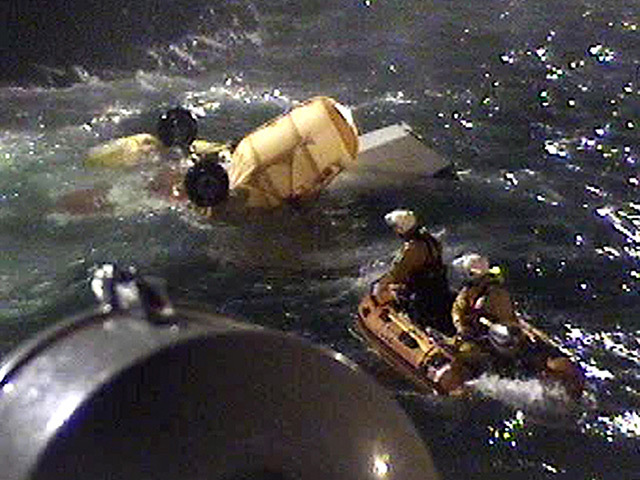
With four serious Super Puma incidents since April 1, 2009, the latest resulting in four deaths, the UK offshore industry has recommended the grounding of all Eurocopter Super Puma aircraft – not just the L2 variant at the centre of Friday’s crash.
CHC, owner of the aircraft that fell into the sea just off the Shetland coast, has also grounded its global L2 fleet.
Bond, Bristow and CHC have therefore grounded their North Sea Pumas, including the EC225 model, even though this class has only recently been cleared to fly again following last year’s two ditchings when no one was killed.
It will be interesting to see whether other aviation companies serving the offshore oil and gas industry worldwide ground their Pumas – of which there are several variants – until it becomes clear why the CHC aircraft plunged into the sea, whether human error, airframe, mechanics or avionics.
We don’t yet know why the CHC AS332 L2 Puma that crashed on its final approach to Sumburgh suffered a sudden loss of power and plummeted.
When found, its black box recorder, coupled with the Hums continuous health-check system fitted aboard North Sea choppers in UK service, ought to reveal the cause rapidly, as forensic reconstruction of recovered wreckage may take months.
If the issue is mechanical – and it was with the L2 that crashed on April 1, 2009, killing all on board – then there can be no half measures regarding identifying and remedying whatever is deficient, 100%.
For mechanical issues, “band-aid” temporary fixes, such as the one recently approved to enable the EC225 back into revenue service, just will not do.
Indeed, the EC225 derogation allowed by the UK and EU authorities should be revoked.
I hope this recognition is behind the UK offshore industry’s Helicopter Safety Steering Group recommendation issued on Saturday and covering all Puma variants which it had deemed acceptable to fly at a meeting held on July 17.
The trade unions have made it clear where they stand.
This is a massive headache for the offshore industry on both sides of the North Sea when investment in the UK and Norwegian sectors is running at very high levels.
In the UK sector, the Super Puma dominates the marketplace, whereas the Norwegian industry utilises a greater variety of workhorse machines and is thus more resilient.
One of the rumours doing the rounds over the weekend is that UK operators may fly offshore workers to Norway using fixed-wing aircraft and then use Sikorsky S-92 helicopters – which are equivalent in capacity to the Puma – to get personnel to and from platforms and rigs.
But I can’t see how this would work. My understanding is that helicopter utilisation in Norway is already high; clearly L2 groundings will negatively impact capacity.
I don’t know how many Sikorsky S-92s are available, for example. CHC has 33 in its fleet, but they serve theatres as far away as Australia, not just the UK and Norway. The company has 19 AS332s, of which there are three variants, plus 28 EC225s, spread globally.
Bristow has 19 S-92, 20 EC225 and 18 AS332L aircraft, again distributed. The company still has 18 S61N choppers that were once a North Sea mainstay.
Bond, a unit of Avincis, also flies Eurocopter products but has two S-92 aircraft in Aberdeen for evaluation, borrowed from affiliate Norsk Helikopter Service, which operates this class.
This is not going to be an easy fix and even a short ban on Pumas will have a serious impact on the North Sea industry’s ability to get on with its job of producing and delivering oil and gas.